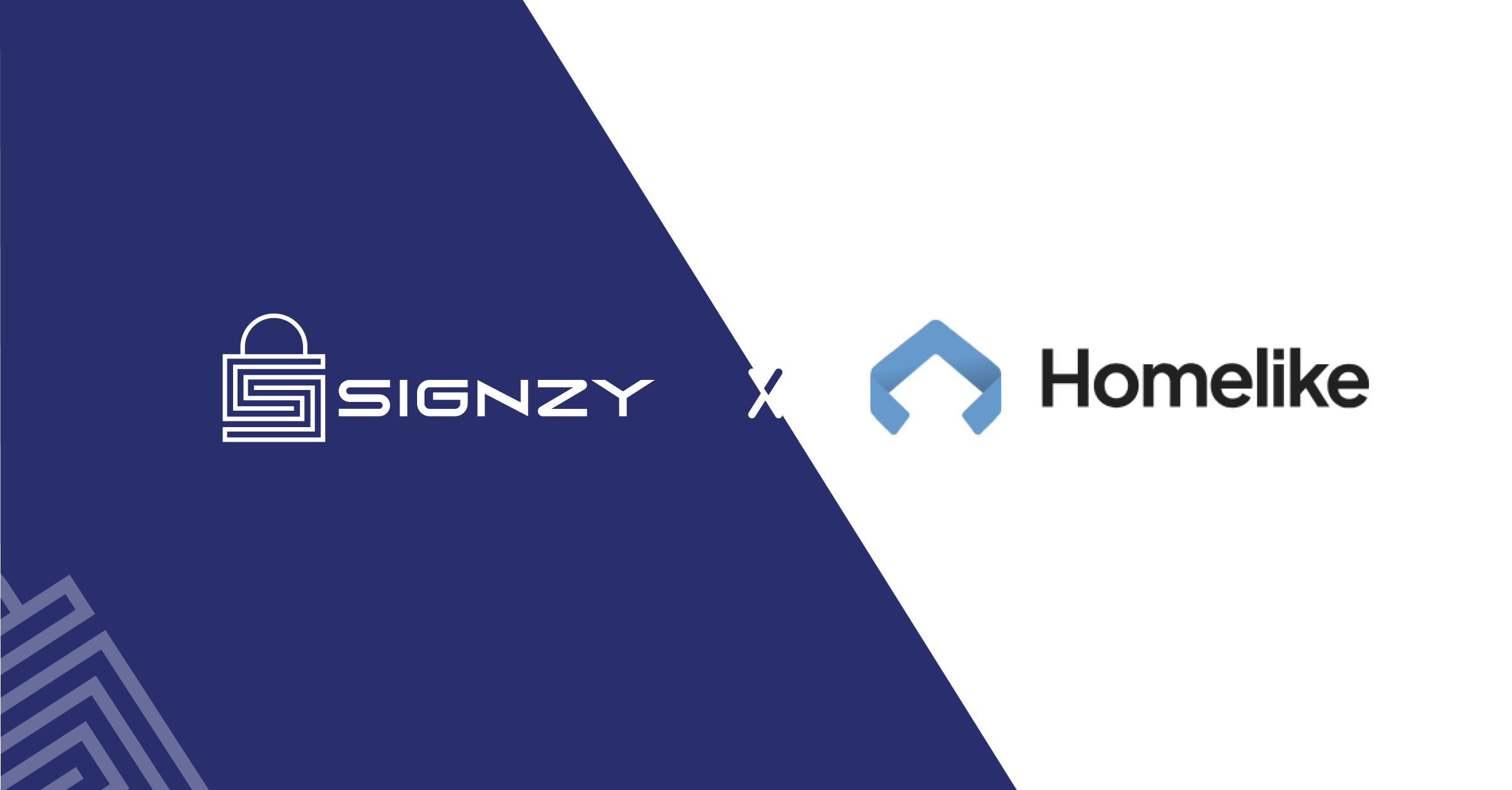Latest Blogs
View allExplore Topics

Product
7 Tools to Verify an EIN Number
5 minutes
Product
All
November 12, 2025
![How to Lookup a Company's EIN Number? [2026 Guide]](https://cdn.sanity.io/images/blrzl70g/production/3ceee4c0b2fac3923bd2303cd5b313631bea7258-2560x600.webp)
Product
How to Lookup a Company's EIN Number? [2026 Guide]
6 minutes
Product
All
November 17, 2025

Product
Company Verification with Employer Identification Number
5 minutes
Product
All
July 18, 2024

Product
What Documents Confirm SSN? Acceptable Proof for Verification
5 minutes
Product
All
November 17, 2025

Product
How to Obtain a U.S. Social Security Number (SSN)
5 minutes
Product
All
July 18, 2024
![10 Best SSN Verification Services: Features Compared [2026]](https://cdn.sanity.io/images/blrzl70g/production/48620bfb8e6520ba651a76bd880b2fd9b5400d1e-1366x320.webp)
Product
10 Best SSN Verification Services: Features Compared [2026]
9 minutes
Product
All
November 17, 2025
![EIN Verification: All FAQs Answered [Complete Guide - 2026]](https://cdn.sanity.io/images/blrzl70g/production/f957efa7f6a4907bf20ab5686783f10f4f6fed8e-2560x600.webp)
Product
EIN Verification: All FAQs Answered [Complete Guide - 2026]
8 minutes
Product
All
November 18, 2025

Product
How to Spot Fake IDs by State? Types, Solutions, and More - 2026
9 minutes
Product
All
December 26, 2024

Product
16 Ways to Verify Address Without Utility Bills – 2026
9 minutes
Product
All
January 13, 2025
![FINRA Rule 2090: Know Your Customer Requirements [2026 Guide]](https://cdn.sanity.io/images/blrzl70g/production/ed4b5a8ceb78cf2f2d98312cecca21829dd5a6f5-1354x318.webp)
Product
FINRA Rule 2090: Know Your Customer Requirements [2026 Guide]
7 minutes
Product
All
January 29, 2025

Product
What Are Articles of Incorporation and How to Find Them?
6 minutes
Product
All
February 11, 2025

Product
EIN Search For Business Verification: 6 Methods (Free + Paid)
8 minutes
Product
All
November 17, 2025

Product
SSN vs. EIN vs. ITIN: Business Owner’s Guide to Taxpayer Identification Numbers
7 minutes
Product
All
August 6, 2025

Product
CURP, RFC, and CLABE: Complete Mexico ID Guide (+ When to Use What)
7 minutes
Product
All
September 3, 2025
![How to Verify TIN in US? Free + Paid Methods [2026]](https://cdn.sanity.io/images/blrzl70g/production/17b953e70e885c58b7a41d0d921c545f3854782c-2821x663.png)
Product
How to Verify TIN in US? Free + Paid Methods [2026]
6 minutes
Product
All
September 3, 2025

Product
How to Verify a Government-Issued Identification Number?
7 minutes
Product
All
September 5, 2025
Subscribe to Our Newsletters
We love to write and share everything new we've learned while building the most seamless onboarding journey for businesses!
Please complete the reCAPTCHA verification to enable the Subscribe button


















